Anne Frank Portfolio Justin Bradford - Period 2
Exploring the Setting
Rijksmuseum
The Rijksmuseum is a museum in the Netherlands for the arts and history of Amsterdam. The Rijksmuseum was founded on May 31, 1800. In 2013, after a ten-year renovation which cost € 375 million, the main building was reopened.
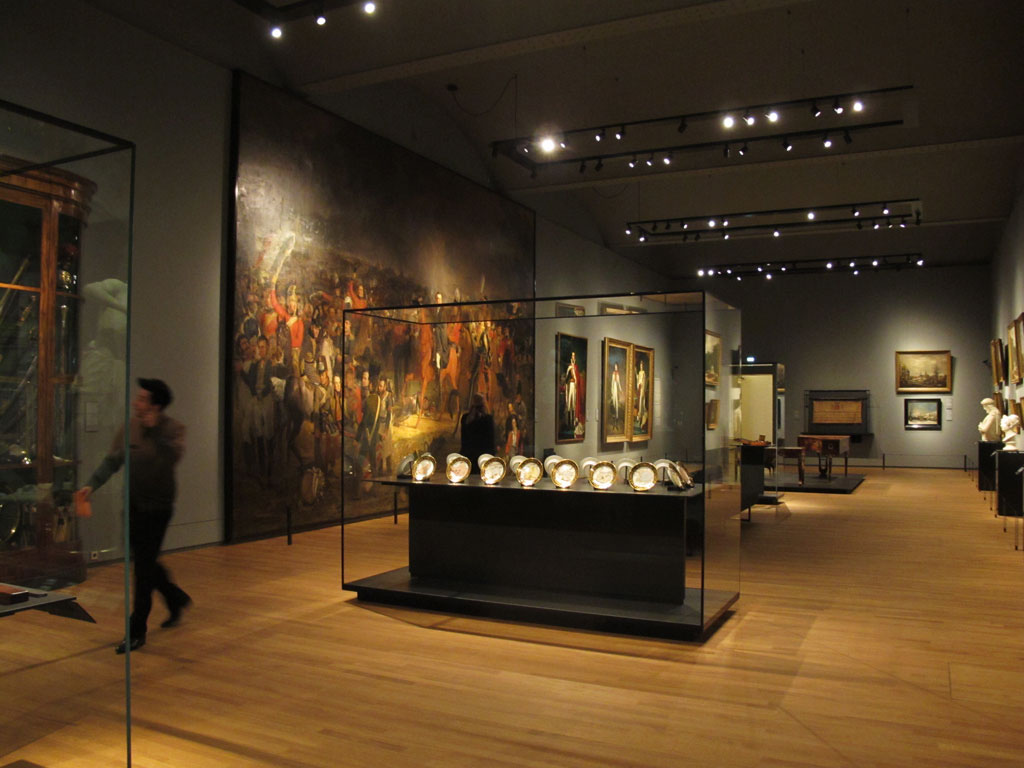
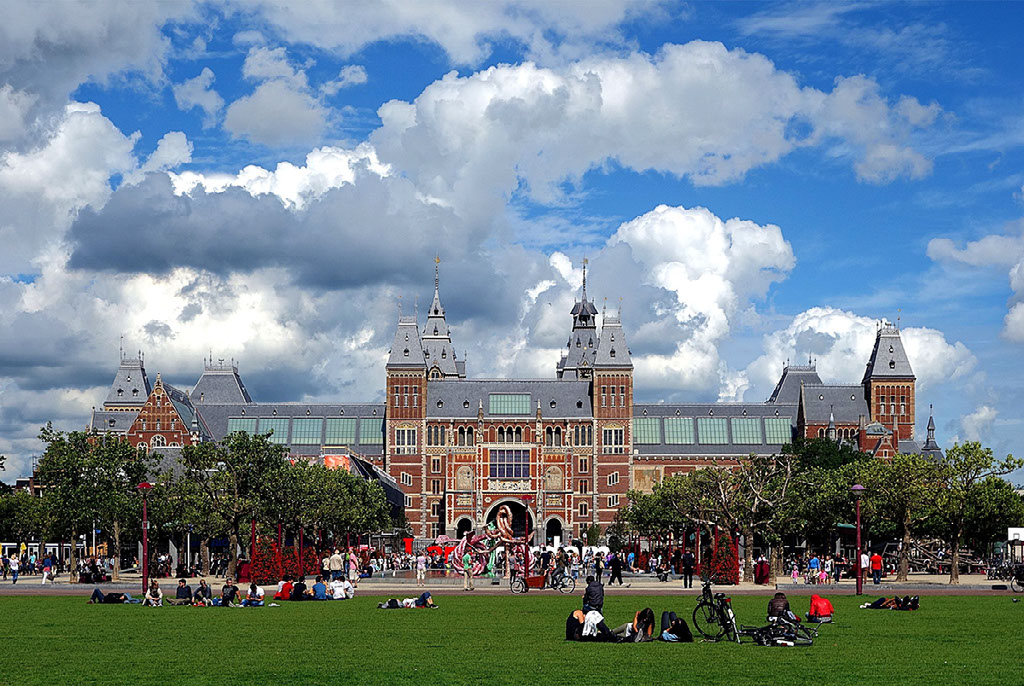
Anne Frank's House
For more than two years Anne Frank and her family hid in the back of this house during World War II. The front of the house functioned as a business. The back section of the house, hidden by a bookshelf and tinted windows, served as a house for the Frank family.
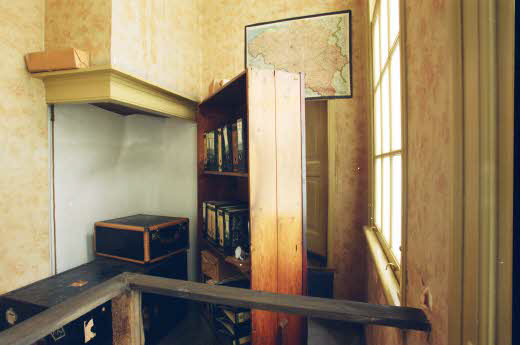
Nuremberg Law
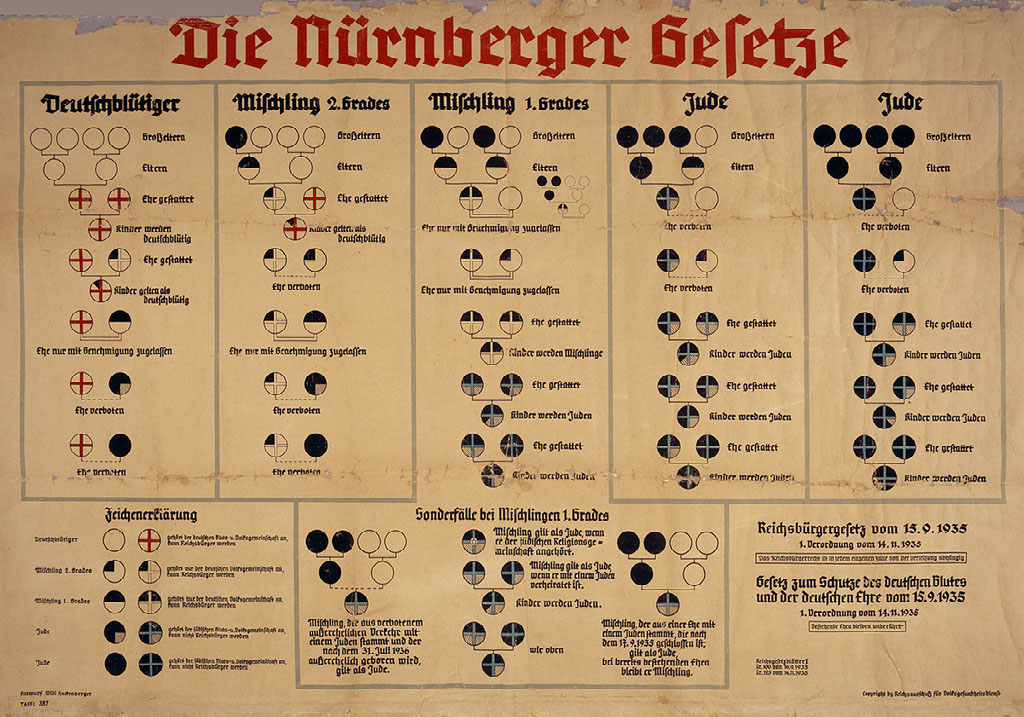
- Marriage between Jews and subjects of the state of German or related blood are forbidden. Marriages nevertheless concluded are invalid, even if concluded abroad to circumvent the law. Annulment proceedings can be initiated only by the State Prosecutor.
- Extramarital intercourse between Jews and subjects of the state of German or related blood is forbidden.
- Jews may not employ in their household female subjects of the state of German o related blood who are under 45 years old.
- Jews are forbidden to fly the Reich or National flag or to display the Reich colors. They are, on the other hand, permitted to display the Jewish colors. The exercise of this right is protected by the State.
- Any person who violates the prohibition under I will be punished by a prison sentence with hard labor. A male who violates the prohibition under I will be punished with a prison sentence with or without hard labor. Any person violating the provisions under III or IV will be punished with a prison sentence of up to one year and a fine, or with one or the other of these penalties. The Reich Minister of the Interior, in coordination with the Deputy of the Führer and the Reich Minister of Justice, will issue the Legal and Administrative regulations required to implement and complete the Law. The Law takes effect on the day following promulgations except for III, which goes into force on January 1, 1936. Nuremberg, September 15, 1935 at the Reich Party Congress of Freedom.
Propaganda
During World War II countries such as Germany, Britain, Japan, Russia, and the United States used propaganda to persuade society. Propaganda is the spreading of rumors or an idea in order to influence the opinion of society. It may advance an idea or try to get rid of one. Propaganda can be used in film, posters, stamps, flyers, and speeches. The following pictures are just a few examples of the millions of different types of propaganda from different countries during World War II.
Characters
Otto Frank
Otto Frank, Anne's father, was born on May 12, 1889. He was a leader and was the person who made the decision to hide in the Secret Annex. He bought Anne her diary on her 13th birthday. He was the only one out of the Frank family to survive the war.
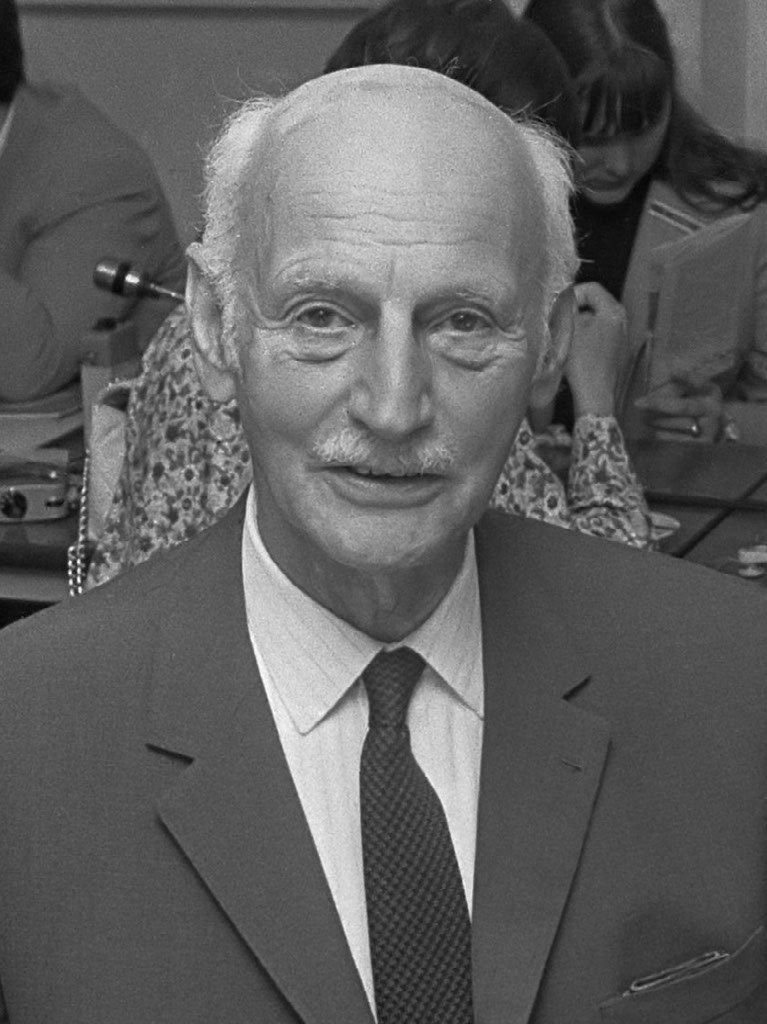
Edith Frank
Edith Frank was Anne's mother. She was born on January 16, 1900. Anne and her mother did not have the best relationship while in hiding. Edith, like almost all of the Frank family, died in a concentration camp. She died of starvation at the age of 44.
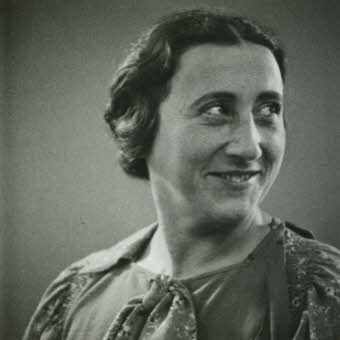
Miep Gies
Miep Gies was born in Austria on February 15, 1909. She was one of the biggest helpers of the Frank family while they were on hiding. She delivered them supplies for them to be able to live in the Secret Annex. She went on to live to be a 100 years old.
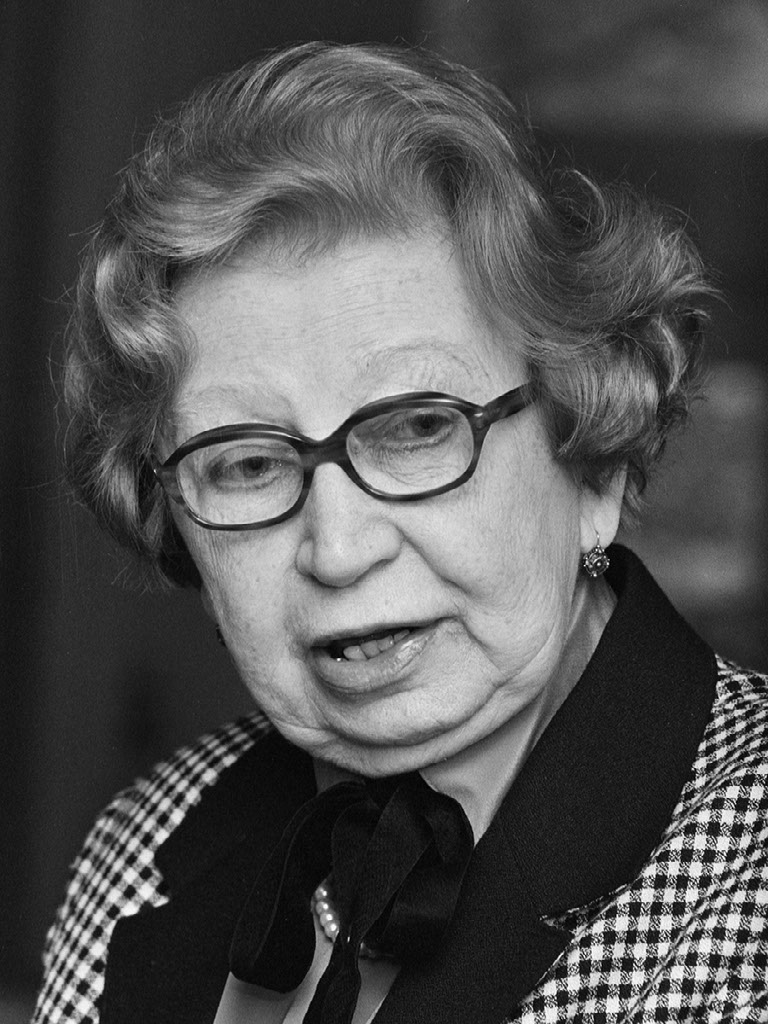
Fritz Pfeffer
Fritz Pfeffer was born in Germany on April 30, 1889. He was also in hiding with Anne and the rest of the Frank family. Anne and Fritz tended to fight a lot. Anne called him a nitwit and was mad at him for fighting over her desk. He died when he was 55 in a concentration camp named Saschsenhausen.
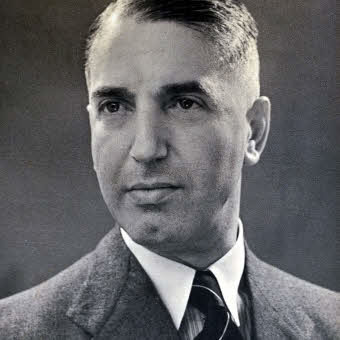
Act I Summary
In "Act I" of The Diary Of Anne Frank, Anne and the rest of the Frank family go into hiding with the Van Daans. Anne and Peter fight about throwing away the Star of David. During the beginning of hiding Anne is mimicking people and getting into arguments, especially with her mother. While they are in hiding Mr. Kraler tells them that a Jewish man named Dussel needs a hiding place. When he moves in he stays in Anne's room. On Hanukkah Anne makes presents for everybody.
Warsaw Ghetto Uprising
The Warsaw Ghetto Uprising was from April 19, 1943 - May 16, 1943.
There was at least 300,000 deaths in the Warsaw Ghetto.
13,000 Jews died, about half of them burnt alive or suffocated. German casualties are not known, but were not more than 300.
Most of the Jews lost a lot of courage after the Warsaw Ghetto Uprising.
Anne Frank Act II Summary
In "Act II" of The Diary Of Anne Frank, everybody is getting a little thinner because they are running out of food. Miep makes a cake for everybody and there is a fight over it because they want everybody to get a fair slice. One of the workers is blackmailing them and they think he might know about the hiding place. Anne and Peter have conversations in Peter's room every so often. Eventually they are turned in and the Green Police come and take them to a camp. They don't know he who turned them in. Mr. Frank is the only one to survive the camps. When he comes back he reads Anne's journal.